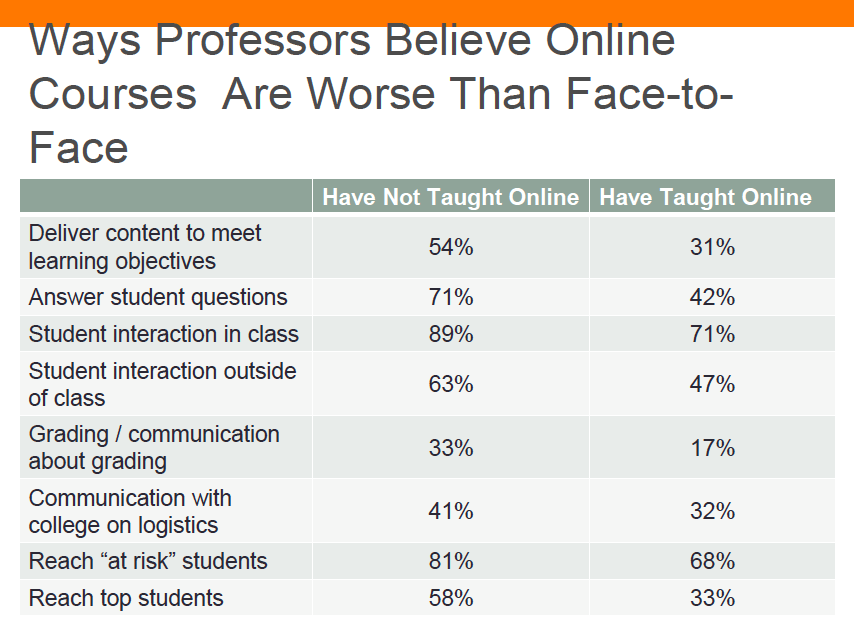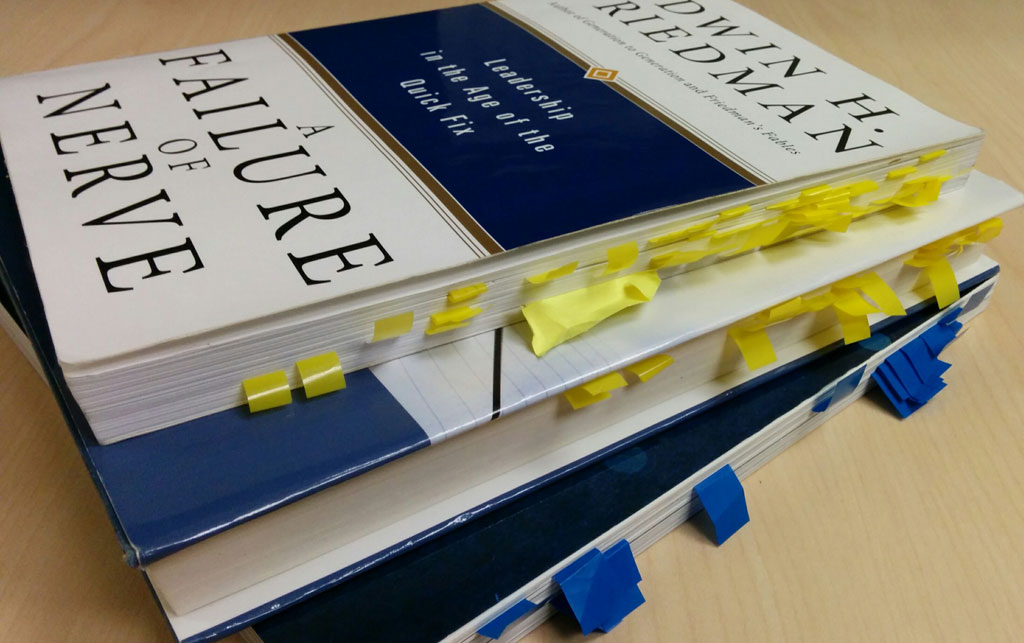
Source: https://www.travelers.com/iw-images/resources/Individuals/Large/DrivingInRainWind_large.jpg
Commuting in heavy rain is a normal part of living in North Vancouver and working in Burnaby. The other morning I was stuck behind a driver in a relatively new Mercedes who didn’t have enough confidence to drive past the rainy turbulence (wash) of an eighteen wheeled truck. Rather than deal with the spray or wash from the eighteen wheeler for a few seconds while passing the truck this driver chose to stay one lane over and beside the truck–in the truck’s blind spot and in the worst spray for way too long and too many kilometers. Not only was this dangerous for the driver of the Mercedes and the truck it put many other drivers at risk who were trapped behind these two vehicles. When the opportunity presented itself I managed to get around this dangerous blockage and noted that the Mercedes driver chose to stay in the truck’s wash and in the blind spot.
I acknowledge that driving past an eighteen wheeler in heavy rain can be somewhat unnerving. The truck sprays out so much water that your vehicle’s wipers become overloaded and you are almost driving blind for a second or two. You have to trust your driving ability and have enough confidence in your ability that you can maintain the right path past the truck. Once you push past the truck you only have to deal with the rain itself and can see a clear path ahead.
The fear of pushing past the wash from the truck reminds me of a situation that we are currently facing in Higher Education. The 2014 Inside Higher Ed/Gallup Survey of Faculty Attitudes on Technology reveals that despite the experimentation with online education many faculty fear that the record-high number of students taking those classes are receiving an inferior experience to what can be delivered in the classroom. Why? Whether faculty have experience in teaching online or have not taught online the majority of faculty believe that online classes are worse than face2face classes because they perceive student interaction inside class being much poorer online.
The above table points to several aspects of student to Professor interaction and vise versa that is perceived to be poorer online. To be fair to these Professors I think they are right. I have a suspicion that deep down they already know that since their primary form of instructional delivery in the face2face setting is the lecture, their level of interaction in traditional classes is already quite poor and if they carry this same type of interaction forward into the online realm they are right to worry that their online classes will be poorer.
Research conducted by Finkelstein, Seal, & Schuster revealed that 76% of the 172,000 faculty across North America surveyed use lecture as their primary instructional methodology. Lecturing is simply a passive form content delivery that all too often involves very little active student engagement. I will acknowledge that there are some exceptional Professors who have a high level of discussion in their classes and others who use active learning instructional methodologies but the data suggests that they are the minority. Additional research by Nunn in the form of monitoring Professors in their classes also revealed that at most three minutes out of a fifty minute class are actual discussion and most often in the form of questions at the end of class.
Unfortunately, many Professors initial experience with or understanding of online learning is that is it simply a way to use technology to deliver content. Whether content delivery is done face2face or online it is still the predominant form of instruction in the post secondary setting. Not enough Professors view learning as an active and dynamic process in which learners construct new ideas or concepts based upon their current/past knowledge. The making of meaningful connections is key to the learning and knowing and until we take the advice of people like Sir Ken Robinson and many other highly regarded educational experts and have a Learning Revolution, our current limited face2face information transfer model will simply be moved online.
So, since most Professors are involved in delivering content with very little interaction or engagement in the face2face setting is there any wonder why those Professors who haven’t taught online would see online courses as being even less effective? Similarly, since many Professors who move online continue to use content delivery as their primary form of instruction is there any wonder why these Professors also view online courses as further limiting their already limited face2face student engagement?
Until we can change the way that Professors view their role and move away from the passive information transfer model to an active and dynamic process in which learners construct their own knowledge; and until we can change the way the way most Professors view themselves as the “sage on the stage” to the “guide on the side” or as a learning facilitators who create significant learning environments in which their students can come to know something, acquire knowledge, or to gain information and experience we can continue to expect to see these types of attitudes about online courses from faculty surveys.
This change of focus isn’t going to be easy. Due to a lack of formal training in active learning and all too often limited professional development many Professors are stuck in conducting their classes the same way that they experienced it when they were in school. This is very similar to the way that the Mercedes driver I referred to in my rain example was stuck in the wash behind the large truck–they didn’t have enough confidence in their own ability to push past the truck to see a clear path.
So once again it is not about the technology it is about the learning. Online technology is only a tool that can be used to enhance learning. But if our Professors are focused on teaching and disseminating information and not on creating significant learning environments then it doesn’t matter what tool we add to the mix, the student still loses out.
Finkelstein, M. J., Seal, R. K., and Schuster, J. The New Academic Generation: A Profession in Transformation. Baltimore: The Johns Hopkins University Press, 1998.
Nunn, C. E. “Discussion in the College Classroom: Triangulating Observational and Survey Results.” Journal of Higher Education, 1996, 67 (3), 243-66.


































